Samsung Galaxy S10 Plus Vs. iPhone XS Max: Camera Battle
Dhir Acharya - Apr 02, 2019
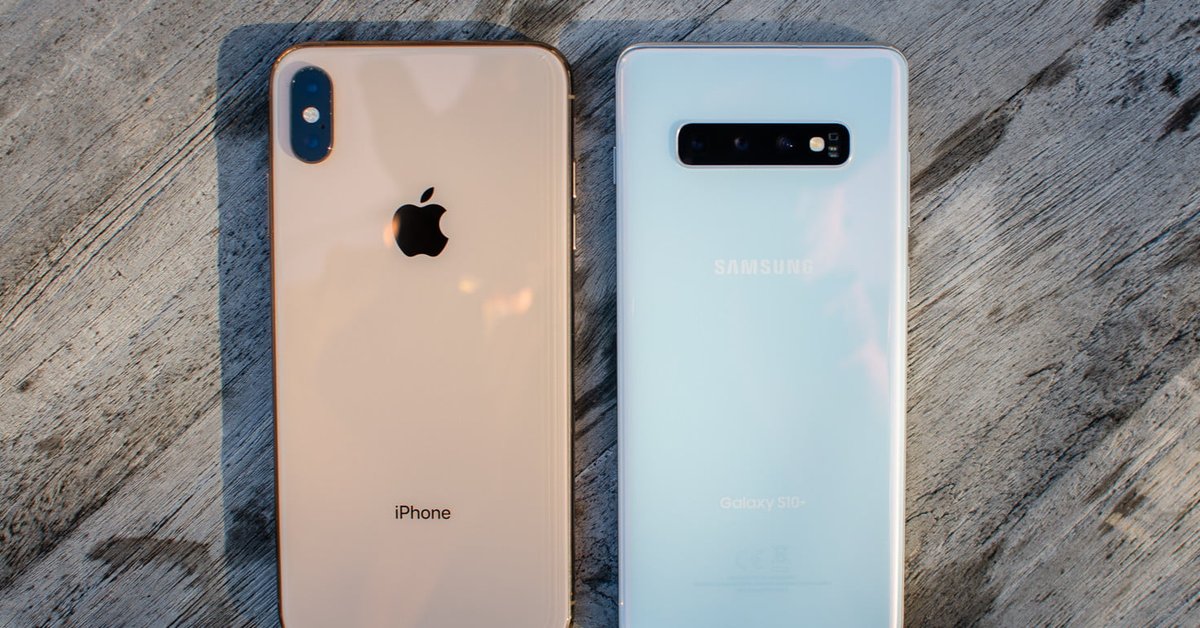
While the Galaxy S10 Plus has already featured an impressive camera array, Samsung has given it another two lenses along with some helpful software features to boost its performance.
- Best Gaming Phones 2025: Top Devices for Mobile Gaming
- Samsung Odyssey 2025 Gaming Monitors Launch in India with Revolutionary Features
- Samsung Galaxy Z Fold 7 Ultra: The Next Chapter of Premium Foldables
While the Galaxy S10 Plus has already featured an impressive camera array, Samsung has given it another two lenses along with some helpful software features to boost its performance.
CNET reporters put the S10 Plus and the iPhone XS Max into a camera competition to find out which one takes better photos.
Comparison on paper
The S10 Plus doesn’t change a lot from the S9 Plus released last years in terms of telephoto and wide-angle lenses. The pair both sport a telephoto lens used for optical zoom and the variable aperture of f1.5 and f2.4 for adjusting to different lighting conditions.
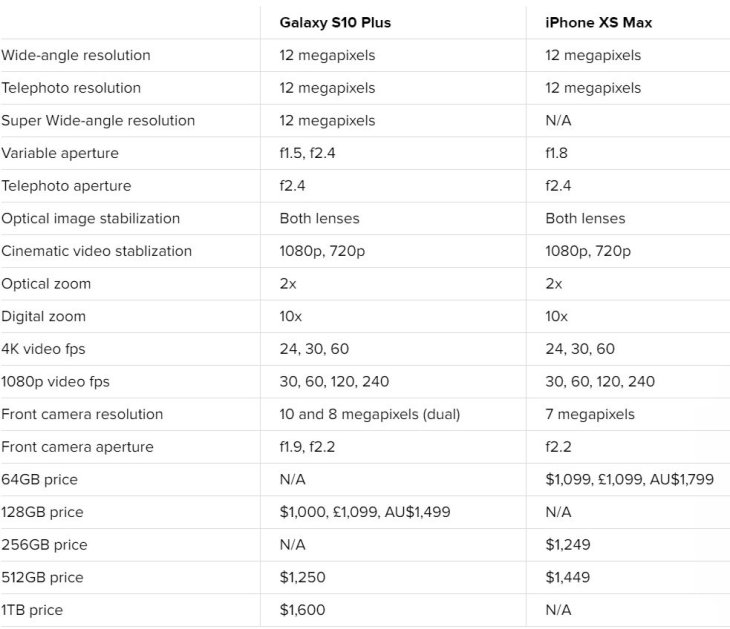
However, on the back of the Galaxy S10 Plus, there is an additional ultrawide-angle lens capable of capturing a 123-degree panoramic picture with one click. In the S10 series, the Plus is the only phone to feature a second front-facing, 8MP depth camera to enhance portrait selfie.
On the other hand, the XS Max sports a dual rear camera setup with a wide-angle and a telephoto lens too. But different from the S10 Plus, it has one depth front camera and a fixed aperture.
General shots
Both the XS Max and S10 Plus generates stunning general photos with a slight difference in brightness, contrast, and color temperature. Samsung’s phone produces some brighter shots while others are a little moodier and darker, this depends on the aperture chosen for a particular scene.

iPhone XS Max
Meanwhile, shots taken by the XS Max seem more consistent with more subdues colors and a bit cooler hue. To compare general shots, the phones come neck to neck as there’s hardly any variation. All in all, the S10 Plus’ photos look bold and the iPhone’s shots seem softer, it comes down to your own preference.

Galaxy S10 Plus
In the S10 Plus, there is Screen Optimizer able to identify 30 types of scene and can decide which type it’s looking at. Then, it adjusts things like contrast and saturation that probably best suit the scene. In the Scene Optimizer, there’s also a Bright Night mode to brighten up shots taken in lowlight conditions, though it’s not much different from the Night Sight feature of Google Pixel.
More options on the Galaxy S10 Plus
The ultra wide-angle lens on Samsung’s device allows users to capture a scene from a completely different vantage point. The XS Max doesn’t have this. Thanks to the ultra wide-angle feature, the photos look like from a bird’s view and you don’t have to choose what to include and exclude in your shots.
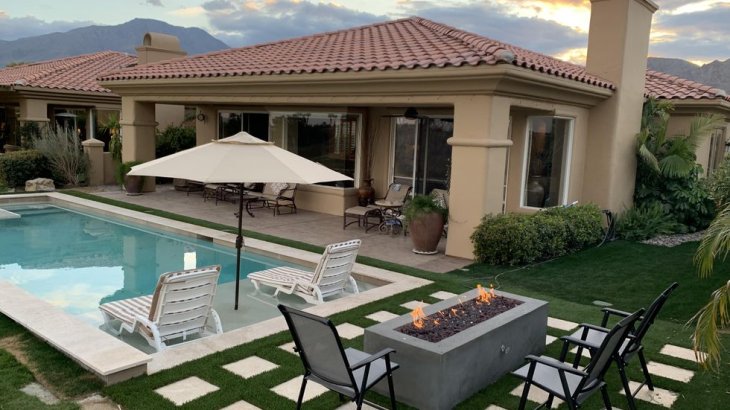
Wide-angle on iPhone XS Max
At 16MP, the photo is equally sharp, maybe even more than the regular wide-angle lens, although there’s certain distortion around the photo’ edges. In that case, the S10 Plus still offer the traditional wide-angle feature if the ultra wide is too much.
Regarding this aspect, the XS Max seems to fall behind.
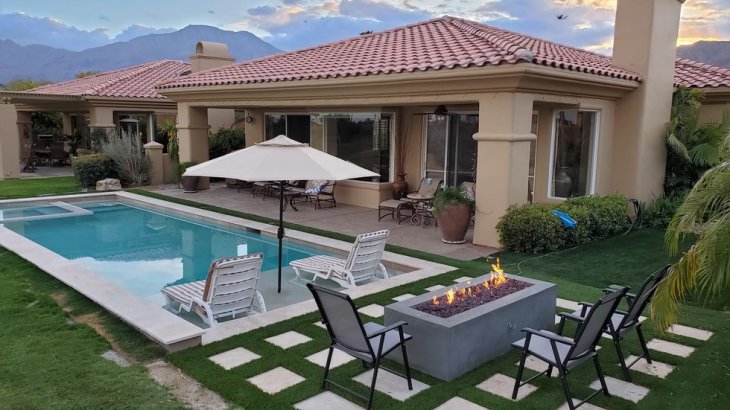
Wide-angle on Galaxy S10 Plus

Ultra wide-angle on Galaxy S10 Plus
Video enhancement with Samsung
The S10 Plus lets its owners shoot videos with the ultra wide-angle lens provided that they use 1080p or 4K resolution at 30 fps. During video recording, users can also switch between the phone’s three lenses and between the telephoto or 2x zoom to the wide angle or the ultra wide without changing the image quality.
However, shooting videos with the ultra-wide angle means no optical image stabilization (OIS), which means the shots are less smooth while low-light videos appear blurry and dark.
In general, both the S10 Plus and the XS Max show good stabilization while recording videos despite the reporter’s shaky hands. However, at the running stage, the Galaxy phone succeeds in keeping it stable while the iPhone has a few struggles with every bounce.
Just like in photos, the S10 Plus generates videos with higher contrast and cooler color than the iPhone. Apple's XS Max produces softer, more cinematic videos. However, when the phones shoot into a light source, the S10 Plus does better than the iPhone.
While they can both shoot videos of up to 4K resolution at 60 frames per second, the Galaxy device adds an optional HDR10 Plus feature to enhance video quality on the phone.
The pair can capture video in slow motion with 1080p resolution at 240fps with a slightly sharper image on the XS Max. However, the S10 Plus can shoot at up to 960fps at 720p, the iPhone has never been able to produce such dramatic effect. But, the Samsung phone can record only a few seconds at this rate, so timing is the key factor. In addition, you cannot edit the effect and the sound is not recorded, replaced with a theme song that you can change. You can still edit your videos and record as much as you wish in the regular slo-mo.
Portraits
Both phones generate portraits with blurred background, but Samsung changed how the effect is produced. In particular, the company used data from the super wide-angle and wide-angle lenses as opposed to wide-angle and telephoto as in older models. As a result, the portrait looks wider than taken by the main camera and the framing doesn’t need readjusting. The iPhone XS Max, on the other hand, produces portraits using the telephoto lens making the images more cropped and intimate than the S10.

iPhone XS Max
However, the S10 Plus isn’t very good at picking what to blur out in the photo while the iPhone generates dramatic blur. Also, it’s easier to get the effect to work on the iPhone than on the S10 Plus. All in all, it looks like the iPhone XS Max does better in portraits.

Galaxy S10 Plus
Zoom and close-ups
Both phones use the telephoto lens as 2x optical zoom and can go up to 10x. The pictures from both devices look similar at 2x zoom but at 10x, the Galaxy S10 Plus’ image looks less grainy than that of the XS Max. The dramatic contrast in Samsung’s phone also helps make its zoomed in pictures look better.

iPhone XS Max

Galaxy S10 Plus
Selfies
It appears that the S10 Plus outperforms the XS Max in terms of the front camera too. On the phone’s front, there is a 10MP camera with a little wider view field and an 8MP depth camera for a tighter frame. With these dual front-facing cameras, the Live Focus produces a blurred background effect.
The iPhone also has portrait mode for selfies but it uses the depth camera, hence not as good blurred effect. Nevertheless, the XS Max’s photo has more accurate colors while the S10 Plus seems to wash out skin tones.
Lowlight photos
The S10 shines much brighter in low-light conditions, the phone lets more light in, captures more details and shows more vivid colors. However, sometimes the device goes overboard and there is a yellow glow on sources of light, making the photo less natural.
The iPhone’s lowlight photo’s colors appear true to life, but it’s much duller with more muddled details and noise.
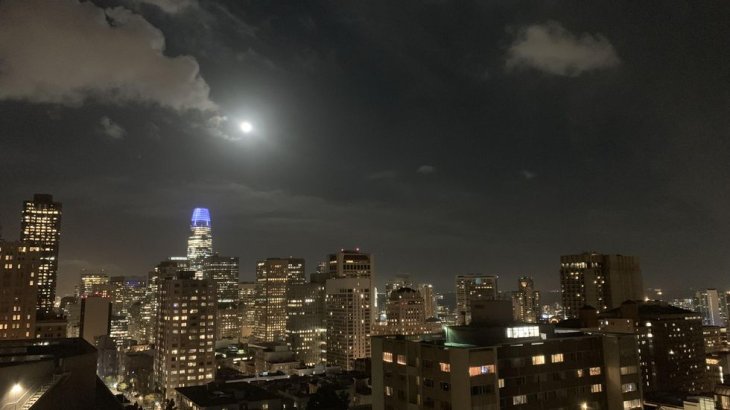
iPhone XS Max
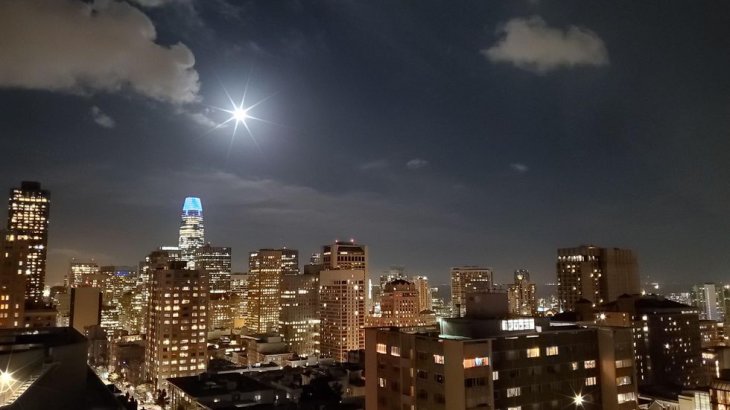
Galaxy S10 Plus
The winner
In this smartphone comparison, the iPhone XS Max, like other iPhone models, offer high-quality pictures. It does an especially good job in terms of portraits and cinematic videos.
However, the Galaxy S10 Plus currently has more to offer, including extra lenses on the front and back of the phone for a wider view, brighter night photos, and more flattering selfies. If you want to upgrade your phone photography, this is a perfect choice for you.
Featured Stories

Mobile - Oct 23, 2025
How Casual Games Are Winning the Mobile Attention War
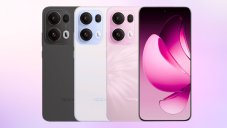
Mobile - Jul 03, 2025
OPPO Reno 14 Series Hits India: Launch Date, Cameras, and Specs

Mobile - Jun 12, 2025
Best Gaming Phones 2025: Top Devices for Mobile Gaming

Mobile - Jun 12, 2025
Vivo T4 Ultra Debuts with MediaTek Dimensity 9300+ Chipset

Mobile - Jun 08, 2025
Realme GT 7T Review: Power Meets Endurance in Controversial Style

Mobile - Jun 08, 2025
Motorola Edge 60 Set to Debut in India This June

Mobile - Jun 07, 2025
Realme C73 5G Launches in India: Budget 5G Phone Starts at ₹10,499

Gadgets - Jun 07, 2025
OnePlus 13s Makes Indian Debut: Compact Flagship Brings Premium Features at...
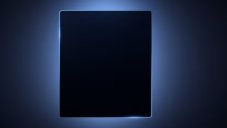
Mobile - Jun 04, 2025
Samsung Galaxy Z Fold 7 Ultra: The Next Chapter of Premium Foldables

Mobile - Jun 02, 2025
Comments
Sort by Newest | Popular